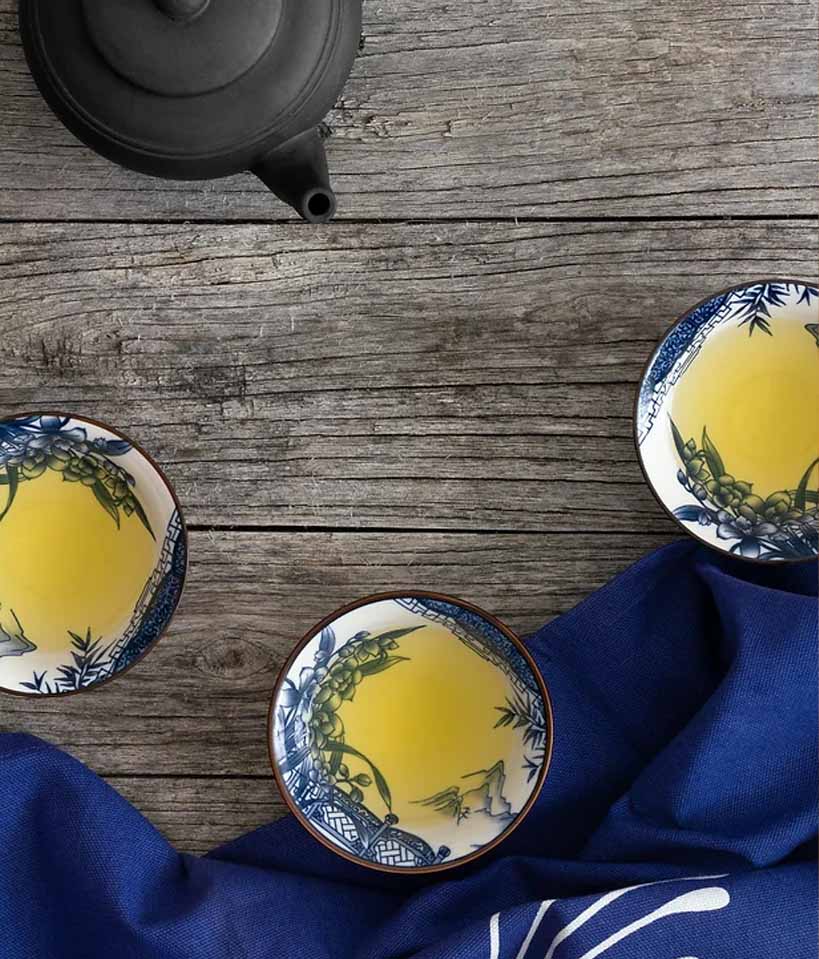Oolong translated into English means black dragon which perfectly describes the shape of traditional twisted oolong leaves. Falling between a green and black tea, oolong is picked late in the season with mature leaves. These late season mature leaves are what gives oolong its mellow tannin-free flavor. And with these mature leaves, only a partial oxidation is needed to dry and flavor the tea.
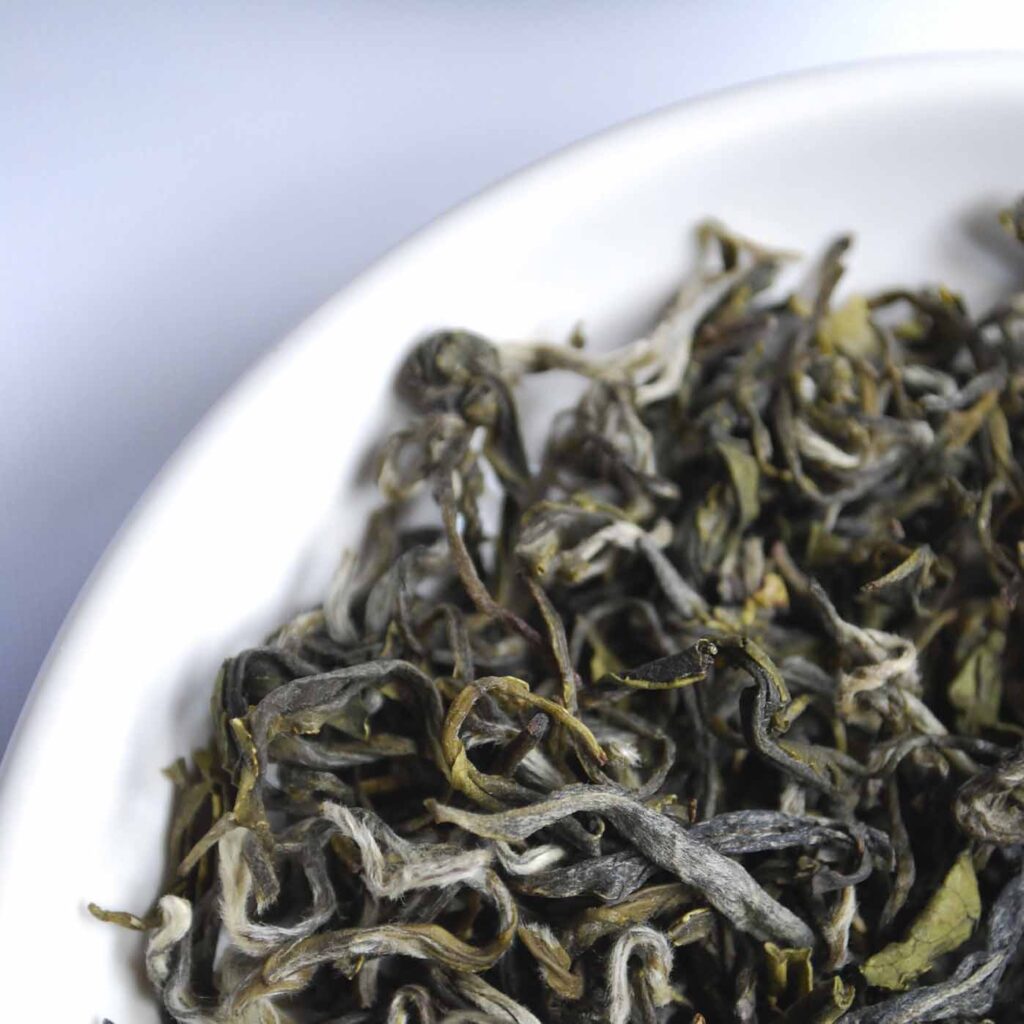
Oxidation is the process through which tea leaves are exposed to air in order to dry.
Different processes of oxidation produce different flavors, aromas, and strengths therefore producing different teas. The degree of oxidation for oolongs varies anywhere between 10-80%. Oolongs that are oxidized for a short period of time tend to resemble green teas in flavor while oolongs that have been oxidized more than 50% are closer to a black tea.
Though oolong is only partially oxidized, the overall process of making an oolong is extremely intricate, labor-intensive, and time-consuming. Every step is closely monitored and controlled.
- Withering: After picking the tea leaves, the leaves are placed outside to begin the wilting process. This simple process begins a chemical reaction that helps to create the final flavor and aroma profile of the oolong. The flavor profile is affected by how quickly the tea leaves dry.
- Cooling: After withering, the leaves are cooled down before they are rolled or twisted. This is accomplished by simply bringing the leaves inside out of the sun or by placing them under fans. The wilting and cooling process may be repeated several times to get just the right amount of wilting before further oxidation.
- Rolling or Twisting: Oolongs are either rolled or twisted to further the oxidation process. Both processes bruise the leaves, releasing enzymes and essential oils that will affect the flavor of the final tea.
Rolling oolongs is a popular method in Anxi, Fujin, China as well as across Taiwan. This method of oxidation reduces the surface area exposed to air making it ideal for lightly oxidized green oolongs. The Oolong rolling technique consists of packing the wilted and cooled tea leaves into a cloth bag before a machine twists the bag closed. The more the bag is twisted the tighter the leaves are rolled. The steps are repeated several times, before the leaf assumes a rolled leaf shape. The last step is to air dry the rolled leaves. When brewed, high quality rolled oolongs will unfurl into large whole leaves releasing a large amount of flavor.
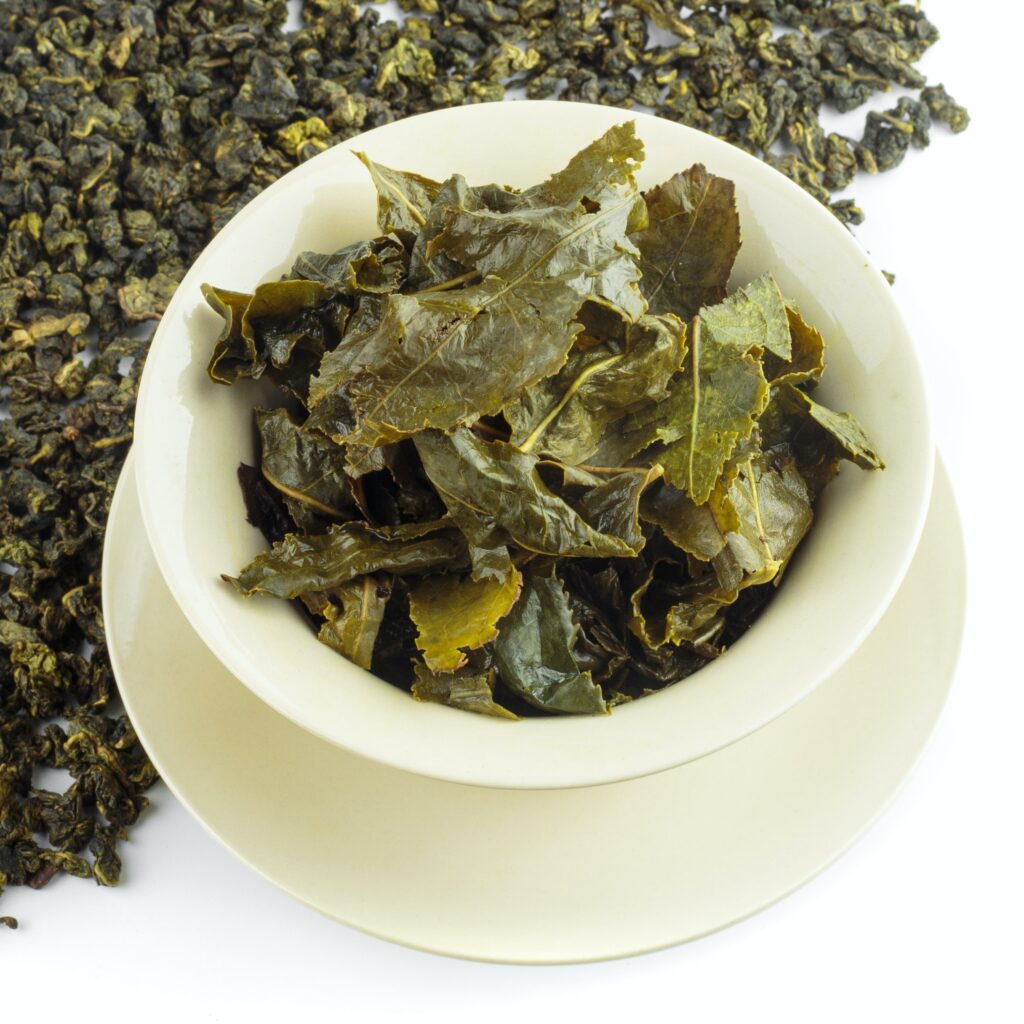
Most twisted oolongs are produced in Guangdong, China as well as the Wuyi Mountains, Fujian, China where the tradition of growing oolong tea goes back more than a thousand years. To create a twisted oolong, the leaves are kneaded. This kneading processing causes the leaves to twist creating the shape that is most often thought of as oolong. Twisted oolongs are often roasted after the twisting process to complete the drying step giving the tea a toasty flavor.
May we suggest two very different but equally delicious teas to start your oolong tea journey?
Golden Flower Oolong
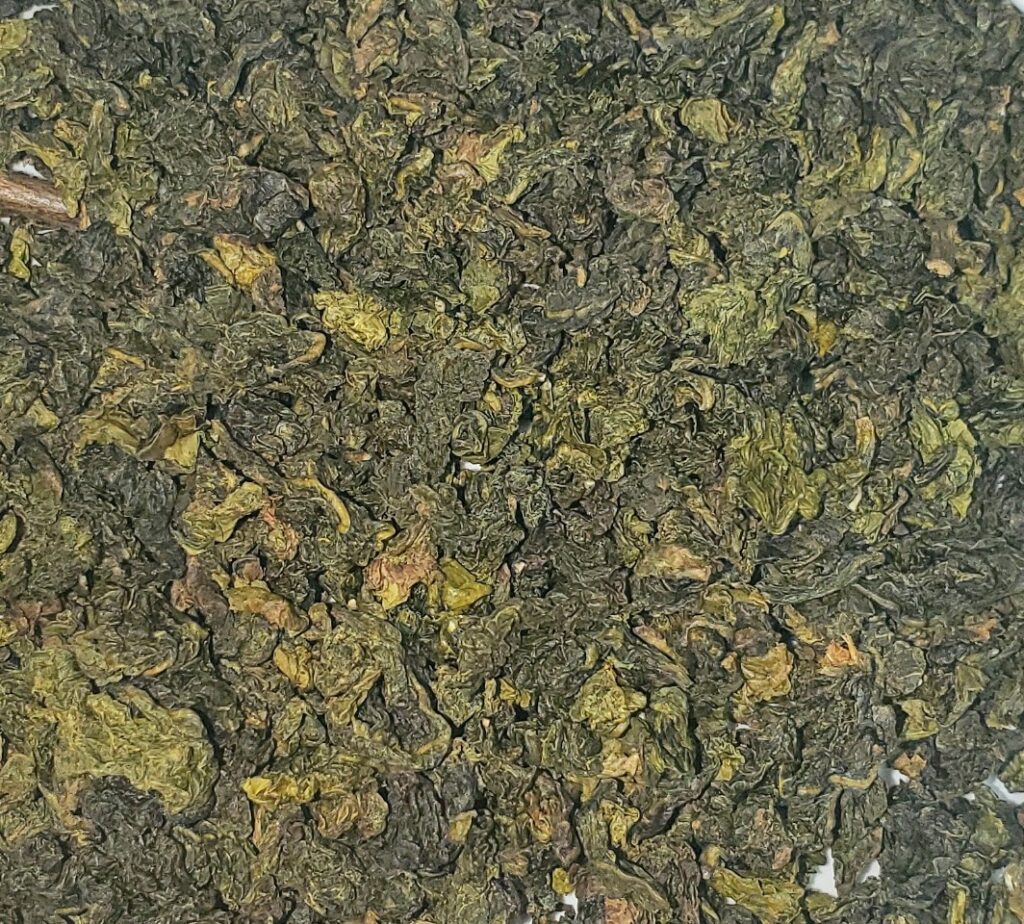
Also known as Huang Jin Gui, Golden Flower Oolong is very light and sweet with a clean gentle finish. We enjoy steeping this tea at least three times as each brew brings out new notes. This lightly oxidized rolled oolong from the Anxi mountains of China is a wonderful way to begin your oolong tasting journey.
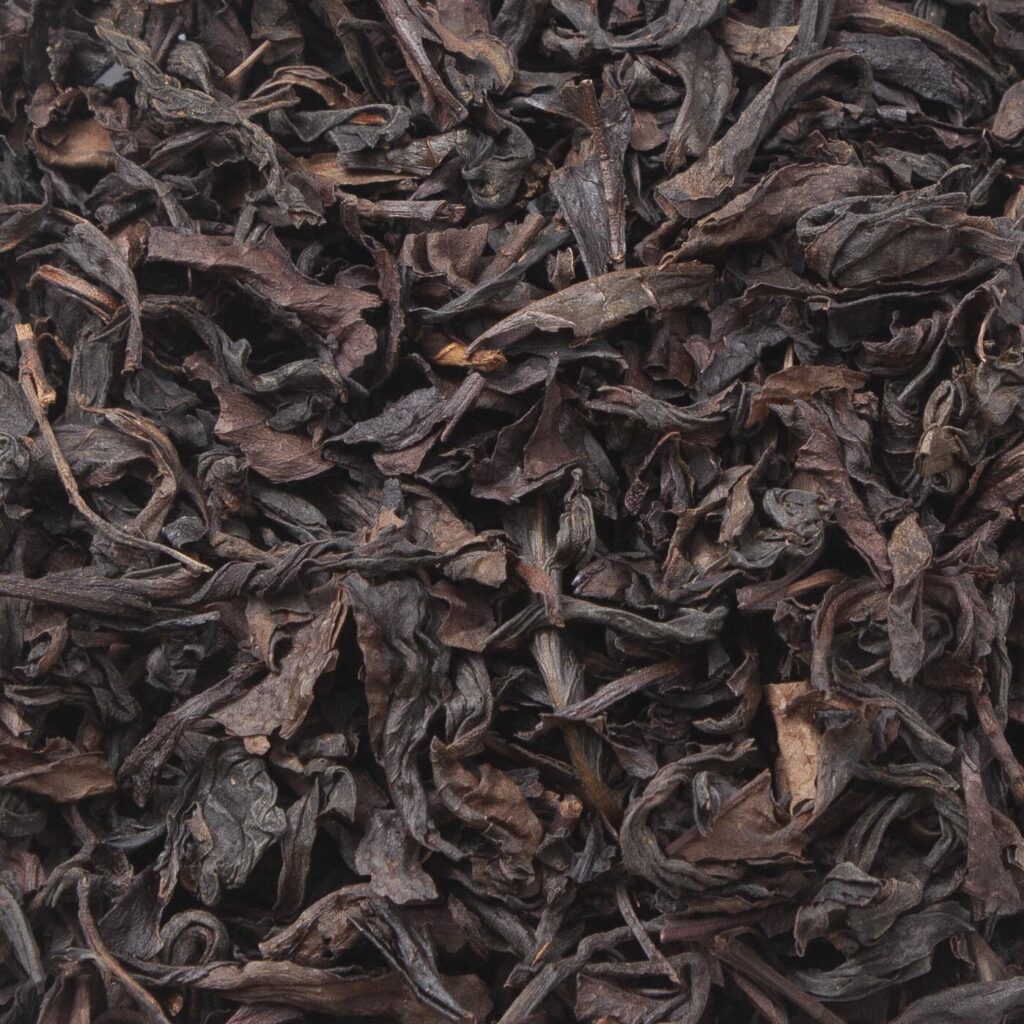
With a toasty light flavor, Se Chung is a popular oolong in Hong Kong. This twisted and fired oolong also from the Anxi mountains of China is a unique tea not often available in the United States.
Shop our selection of Oolong teas online, or visit us at our store in Ventura, CA to find the perfect Oolong tea for your cup.
Watch to learn more about Oolong teas! Tune in each Tuesday on Facebook and Instagram for Tea Tuesday live broadcasts.
